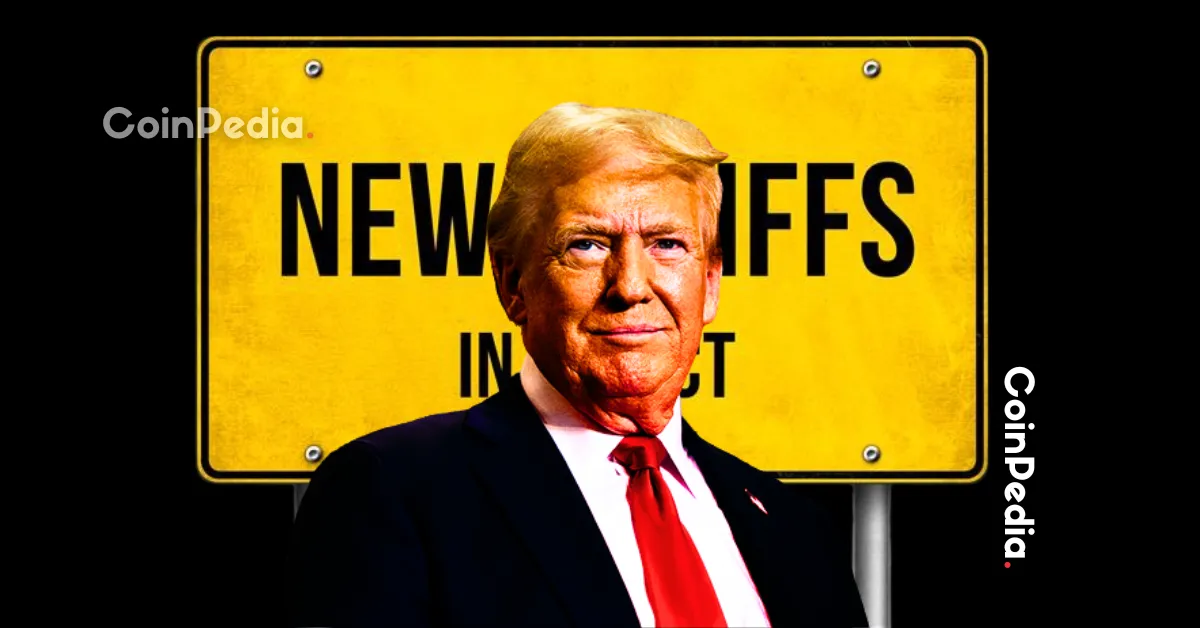
Donald Trump’s announcement of a 100% tariff on Chinese imports starting November 1 has sent shockwaves through both traditional financial markets and the cryptocurrency sector. The tariff comes in response to China’s recent restrictions on rare earth material exports, which are crucial for high-tech manufacturing, intensifying fears of a full-blown trade war between the world’s two largest economies.
The news immediately triggered a 2.7% drop in the S&P 500, reflecting widespread market volatility. Bitcoin, which was already under pressure near $117,000, plummeted below $110,000, marking a 12% decline within 24 hours. The dramatic sell-off underscores growing investor caution as geopolitical tensions weigh heavily on global risk assets.
Crypto investor Ram Ahluwalia described the day as “brutal,” attributing the sharp declines to Trump’s tariff announcement and the market’s technical exhaustion. Prominent crypto trader Pentoshi ranked the crash among the top three largest crypto market crashes in history, noting the emotional toll on traders as “incredible.”
Crypto Stocks Plunge Amid Market Uncertainty
Companies with significant crypto exposure were among the hardest hit. Coinbase (COIN) fell 7.75%, closing at $357.01, after reaching an intraday low of $351.63. Bullish (BLSH) dropped 9.42% to $60.37, while Bitcoin treasury firm Metaplanet (MTPLF) slid 2.25% to $3.48 after briefly touching $3.65.
Bitcoin mining company MARA Holdings experienced one of the largest declines, falling 7.67% to $18.65, followed by an additional 1.72% drop in after-hours trading. These losses highlight how quickly investors retreated from crypto-linked stocks amid rising global uncertainty.
MicroStrategy’s Valuation Under Increasing Pressure
MicroStrategy (MSTR), a leading Bitcoin treasury company, also suffered a significant sell-off, falling 4.84% to $304.79. Analysts warn that beyond short-term price declines, the company’s underlying fundamentals are increasingly under pressure.
MicroStrategy’s multiple-to-net asset value (mNAV) has now dropped below 1.18, its lowest point in 19 months. Geoffrey Kendrick of Standard Chartered emphasized that maintaining an mNAV above 1.0 is critical for Bitcoin treasury firms. A drop below this threshold signals balance-sheet vulnerabilities and potential consolidation risks.
Debt and Investor Pressure Mount on Bitcoin-Backed Firms
MicroStrategy and similar firms are also pressured by PIPE (Private Investment in Public Equity) financing structures used to fund Bitcoin purchases. According to CryptoQuant, these stocks often trend toward their discounted PIPE prices, leaving early investors with potential losses of up to 55%.
Currently, MicroStrategy holds approximately $78 billion in Bitcoin, while its market capitalization stands at $94 billion, reflecting a $16 billion premium tied to investor optimism in Michael Saylor’s Bitcoin-backed strategies. However, with annual profits below $350 million, analysts warn that investor optimism may soon face a stern test amid growing market headwinds.
Trust with CoinPedia:
CoinPedia has been delivering accurate and timely cryptocurrency and blockchain updates since 2017. All content is created by our expert panel of analysts and journalists, following strict Editorial Guidelines based on E-E-A-T (Experience, Expertise, Authoritativeness, Trustworthiness). Every article is fact-checked against reputable sources to ensure accuracy, transparency, and reliability. Our review policy guarantees unbiased evaluations when recommending exchanges, platforms, or tools. We strive to provide timely updates about everything crypto & blockchain, right from startups to industry majors.
Investment Disclaimer:
All opinions and insights shared represent the author's own views on current market conditions. Please do your own research before making investment decisions. Neither the writer nor the publication assumes responsibility for your financial choices.
Sponsored and Advertisements:
Sponsored content and affiliate links may appear on our site. Advertisements are marked clearly, and our editorial content remains entirely independent from our ad partners.








